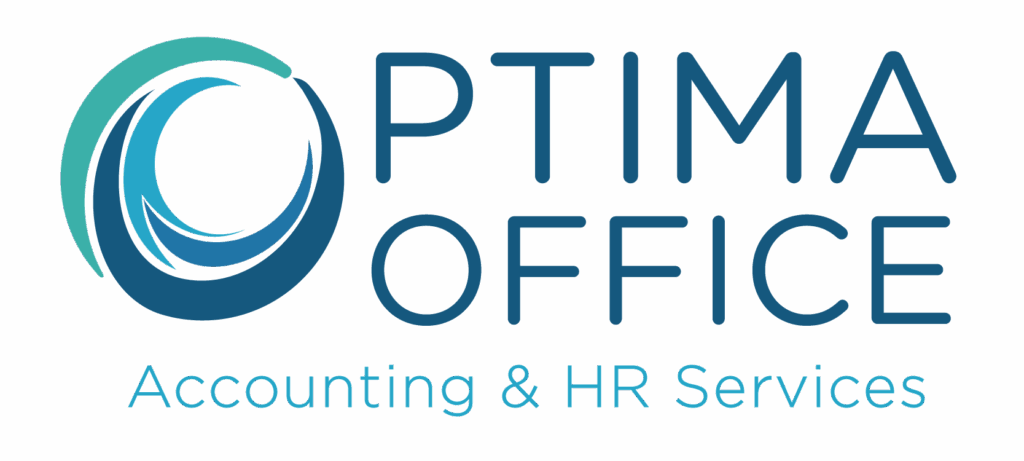Furloughs
Furloughs are a mandatory time off of work without pay, essentially a mandatory leave of absence. Furloughs can be seen as a good solution because the company reduces its payroll expenses while keeping its workforce in place. The ultimate goal is to retain your workforce during the furlough period. Employee benefits are maintained during the furlough by the employer as long as the furlough is for a short period of time. The employee may be eligible for Unemployment Insurance (In California, if hours are reduced by 20% an employee would qualify). Employers may also provide employees the option to use accrued vacation or may mandate its use, but applicable state laws may restrict the employer’s options. A furlough might also inadvertently trigger California’s WARN notice requirements, so businesses will need to review their situation and whether the furlough triggers California WARN.
There are two types of furlough:
Partial-Week Furlough: reducing employee’s hours or days worked where the employee stays home and is not paid (Under California law, partial-week furloughs are permissible, but care must be given to the arrangement for Exempt employees)
Full-Week Furlough: mandating employees take a leave of absence for 1-6 weeks (The California DLSE has determined that a properly executed week-long furlough of exempt employees will not result in those employees losing an exemption)
Layoffs
Layoffs are terminations of employment and which severs the employee from the company due to lack of work. With a lay-off, the employer intends to rehire or recall former employees into the position(s) when the business resumes operations. All employee benefits are terminated. Employers may elect to provide continued healthcare coverage (employer-paid) for an agreed-upon period of time. The employee would be eligible for Unemployment Insurance. Employers must pay out accrued vacation leave.
Reduction In Force (RIF)
Reduction In Force (RIF) is an elimination of positions without the intention of replacing the role in the future and permanently cutting the headcount. A RIF is the termination of employees by means of attrition. The employer typically offers a severance agreement. All employee benefits are terminated. Employers may elect to provide continued healthcare coverage (employer-paid) for an agreed-upon period of time. The employee would be eligible for Unemployment Insurance. Employers must pay out accrued vacation leave.
If I decide to layoff my employees, what documents do I need to provide them?
- Layoff Letter to the employee
- COBRA (Cal-COBRA) Notification (if the employee is participating in Company-sponsored medical plan)
- Life insurance portability rights (if the Company offers life insurance benefits)
- Unemployment Insurance booklet (California – DE2320 – For Your Benefit – CA Programs for the Unemployed)
- Final Paycheck (including paying out all vacation accrual balances)
If I reduce my employee’s hours, can they apply for unemployment?
Yes, if employee’s hours are reduced by 20% or more in the state of California, employees are eligible to apply for unemployment.
DISCLAIMER – Due to the daily changing environment and guidelines being provided by the government, this information could be outdated. Please contact our office for the latest updates and guidelines. Optima Office is not responsible for any actions taken due to the information provided. The information provided here is for instructional purposes and does not represent legal advice being given by Optima Office.




